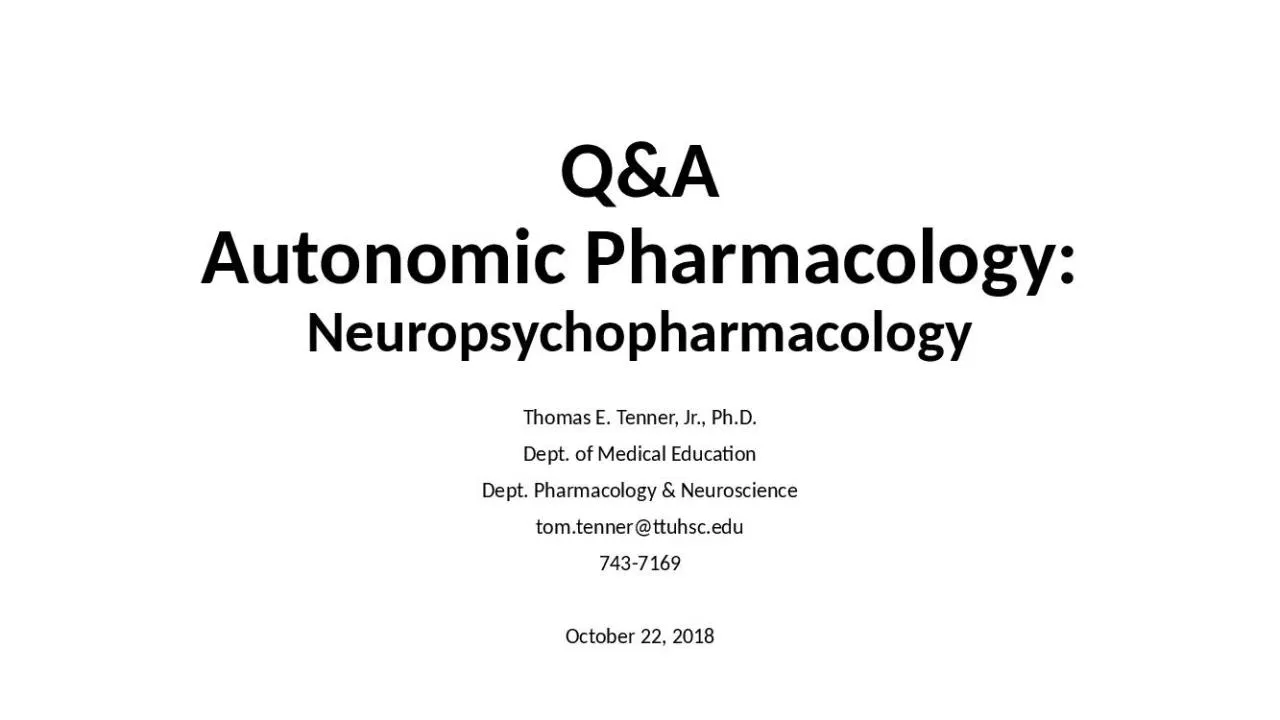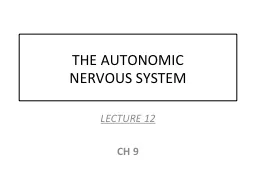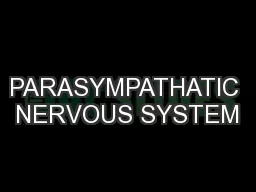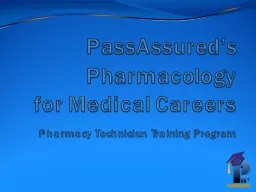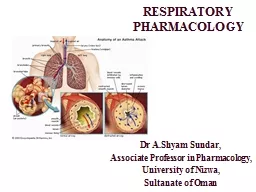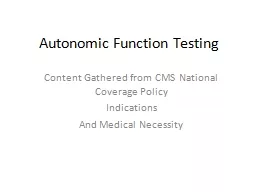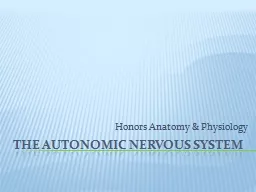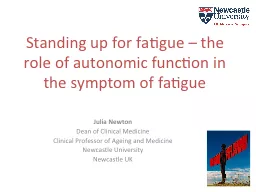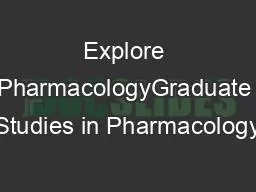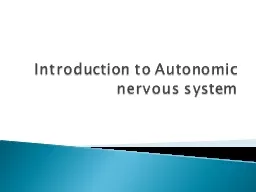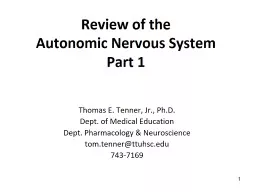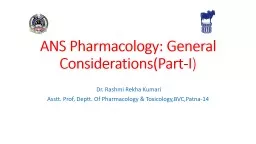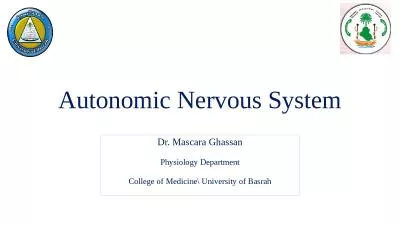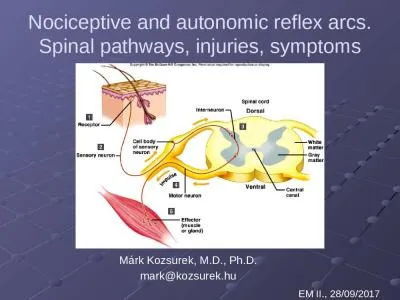PPT-Q&A Autonomic Pharmacology:
Author : pagi | Published Date : 2022-05-31
Neuropsychopharmacology Thomas E Tenner Jr PhD Dept of Medical Education Dept Pharmacology amp Neuroscience tomtennerttuhscedu 7437169 October 22 2018 Session Plan
Presentation Embed Code
Download Presentation
Download Presentation The PPT/PDF document "Q&A Autonomic Pharmacology:" is the property of its rightful owner. Permission is granted to download and print the materials on this website for personal, non-commercial use only, and to display it on your personal computer provided you do not modify the materials and that you retain all copyright notices contained in the materials. By downloading content from our website, you accept the terms of this agreement.
Q&A Autonomic Pharmacology:: Transcript
Download Rules Of Document
"Q&A Autonomic Pharmacology:"The content belongs to its owner. You may download and print it for personal use, without modification, and keep all copyright notices. By downloading, you agree to these terms.
Related Documents

